The concept of solar-powered accessories for bicycles is not new, but it has gained significant traction in recent years as the cycling community has increasingly focused on sustainability and self-sufficiency. Solar-powered bike accessories, including lights, GPS devices, chargers, and more, offer the promise of eco-friendly, renewable energy solutions for riders who want to stay connected and safe without relying on batteries or traditional power sources. However, a critical question remains: can these solar-powered gadgets perform reliably in diverse weather conditions?
This article will explore the rise of solar-powered bike accessories, focusing on their performance across various climates. We will test the reliability of solar-powered lights and gadgets, assess how they function under different weather conditions, and examine their pros and cons in the context of cycling. Additionally, we will delve into the challenges that come with relying on solar power in unpredictable or extreme climates, and whether these accessories are truly up to the task of meeting cyclists’ demands.
The Rise of Solar-Powered Bike Accessories
Solar-powered bike accessories have evolved considerably in the last decade. The most common types of solar-powered bike gadgets include lights, phone chargers, GPS devices, and battery packs. These accessories harness solar energy through small photovoltaic cells, converting sunlight into electricity to power the devices.
One of the main appeals of solar-powered bike accessories is their sustainability. Cycling is, after all, a green activity, and adding solar-powered accessories helps to make the entire experience even more environmentally friendly. Riders can reduce their dependence on disposable batteries, and in some cases, avoid using grid-powered electricity altogether. Additionally, these accessories appeal to long-distance cyclists, touring cyclists, and commuters who want to extend their bike’s performance without worrying about running out of power.
However, like any technology, solar-powered bike accessories have limitations. A solar-powered light that works flawlessly in sunny conditions may struggle to stay charged in cloudy weather or during the shorter days of winter. Furthermore, temperature variations and exposure to rain or snow can also impact performance. This leads us to investigate how these accessories function in diverse climates.
Solar-Powered Bike Lights: Performance Under Varying Conditions
Bike lights are perhaps the most common and practical solar-powered accessory on the market. From handlebar lights to rear lights, solar-powered bike lights offer cyclists the ability to ride at night or in low-visibility conditions without the need for disposable batteries or frequent recharging.
1. Functionality in Sunny Climates
In climates where sunlight is abundant, solar-powered bike lights are generally reliable and efficient. These lights can charge quickly and maintain a bright and consistent glow, even over long periods. Riders in sunny regions will find that solar-powered lights work just as well—if not better—than traditional battery-powered lights, particularly because they don’t require constant battery replacements.
Most high-quality solar-powered lights come with a built-in lithium-ion battery, which stores energy during the day to be used at night. In ideal conditions, such lights can last several hours on a full charge, and some models even offer a “daytime running light” mode that uses less power but remains visible during daylight hours.
2. Functionality in Cloudy or Rainy Climates
In areas with frequent cloudy skies, like northern Europe or the Pacific Northwest, the performance of solar-powered bike lights becomes less reliable. While solar panels can still capture ambient light, the efficiency of charging drops when the sun is obscured by clouds. This could lead to the lights not being fully charged when needed, and in some cases, cyclists may find themselves riding in the dark with inadequate lighting.
Similarly, solar-powered lights may struggle in areas with heavy rainfall, particularly if the solar panels are not adequately protected from water damage. Prolonged exposure to moisture or water may degrade the internal components of the light, causing them to fail prematurely.
Manufacturers have responded to this challenge by designing solar-powered lights with water-resistant or even waterproof features. However, the effectiveness of these lights in such climates ultimately depends on the specific brand and quality of the product.
3. Functionality in Winter and Snowy Conditions
Cycling in winter or snowy conditions presents additional challenges for solar-powered bike accessories. Snow and ice can block solar panels, preventing them from absorbing sunlight altogether. Even in areas with clear skies but freezing temperatures, the performance of solar-powered lights may decrease due to the cold. This is because lithium-ion batteries, which are commonly used to store solar energy, tend to lose their efficiency in cold weather.
For cyclists who live in regions where snow and ice are regular occurrences, it is essential to consider whether solar-powered lights can be relied upon during the colder months. In such conditions, riders may find that they need to supplement their solar-powered accessories with traditional rechargeable lights or batteries, particularly during long rides or in low-light conditions.
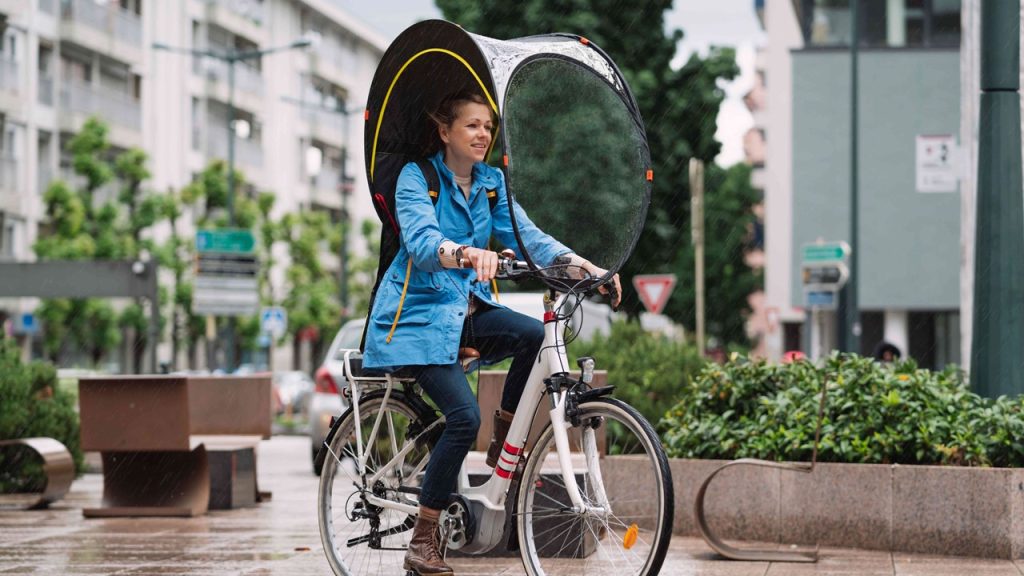
Solar-Powered Gadgets: Performance Beyond Lights
Beyond lights, other solar-powered bike accessories such as phone chargers, GPS devices, and battery packs also promise convenience and sustainability. These gadgets are particularly valuable for long-distance or touring cyclists who need to power their devices on the go without having to stop at charging stations.
1. Solar-Powered Phone Chargers and GPS Devices
Solar-powered phone chargers and GPS devices work by capturing sunlight through small solar panels and converting it into electrical energy. While these devices are useful for extending the functionality of a cyclist’s smartphone or GPS unit, their performance can be affected by the same factors that impact solar lights.
In sunny climates, these gadgets can charge quickly and efficiently, keeping your devices powered throughout the day. However, like solar-powered lights, their performance can drop in cloudy or overcast weather. For instance, if you’re touring in regions where the weather is unpredictable, you may experience slow charging or an inability to charge devices on the go if there’s insufficient sunlight.
One of the biggest challenges for solar-powered phone chargers and GPS devices is that they often require direct sunlight to work efficiently. When cycling through shaded areas or under dense tree cover, these gadgets may not capture enough light to charge effectively. For touring cyclists who spend much of their time in the sun, this may not be an issue, but for city cyclists who ride primarily in urban environments, this could limit the utility of these accessories.
2. Solar-Powered Battery Packs
Battery packs designed to store solar energy for later use are another common accessory. These packs allow cyclists to store up power during the day, then use it to charge their devices when needed. While they offer significant flexibility, they also face the same performance challenges in cloudy or rainy climates.
Battery packs can also be affected by extreme temperatures, particularly in cold conditions. When the temperature drops below freezing, the battery’s ability to retain power is reduced, and the stored energy may deplete more quickly than it would in warmer conditions. As a result, cyclists in cold climates may find that their solar-powered battery packs are less effective in winter months, particularly if they are relying on the pack to power critical devices such as lights or GPS.
Challenges of Solar Power in Diverse Climates
While solar-powered bike accessories offer significant benefits, they come with their own set of challenges, especially when used in diverse climates. These challenges include:
- Limited Efficiency in Low Light Conditions: Solar-powered gadgets rely on sunlight to function effectively. In low-light conditions, such as cloudy days, short winter days, or areas with heavy rainfall, the efficiency of these gadgets can be significantly reduced.
- Vulnerability to Weather: Although many solar-powered accessories are built to withstand some degree of exposure to rain or snow, they are not always fully waterproof. Prolonged exposure to moisture can damage the internal components, particularly in accessories that are not well sealed.
- Temperature Sensitivity: Solar-powered devices, particularly those with lithium-ion batteries, can lose their efficiency in cold weather. Cyclists in freezing climates may experience decreased performance from their solar-powered accessories during the winter months.
- Solar Panel Size: The size of the solar panel directly impacts the performance of solar-powered gadgets. Smaller panels are less efficient, meaning it will take longer to charge devices, which could be a disadvantage for cyclists who need to charge their gadgets quickly.
Conclusion: Are Solar-Powered Bike Accessories Worth It?
Solar-powered bike accessories offer a promising solution for environmentally conscious cyclists looking to reduce their reliance on disposable batteries and conventional charging methods. While these accessories perform well in sunny climates and can provide cyclists with reliable power for essential devices like lights, GPS units, and phone chargers, their performance can be limited in cloudy, rainy, or cold climates.
Ultimately, the reliability of solar-powered bike accessories in diverse weather conditions depends on the specific product and climate in which it is used. Riders in sunny, warm climates will likely benefit the most from these gadgets, while cyclists in areas with frequent rain or cold temperatures may need to supplement their solar-powered accessories with traditional power sources.
For casual cyclists who primarily ride in moderate climates, solar-powered accessories can be a great way to stay powered up and sustainable. However, for serious cyclists who venture into extreme weather conditions, solar-powered accessories should be viewed as a supplementary tool rather than a primary solution.

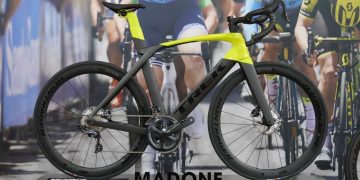
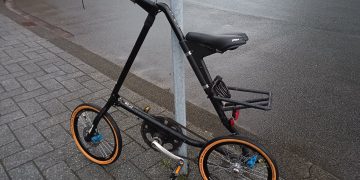
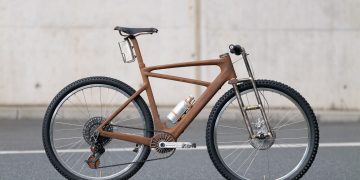

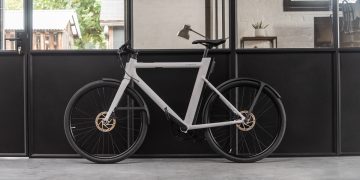
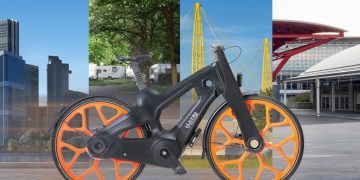
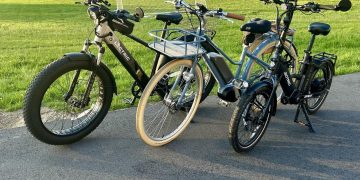
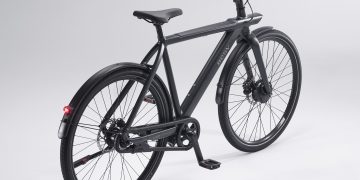
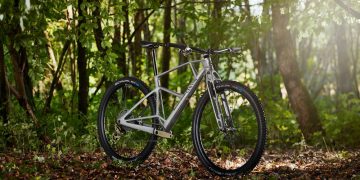



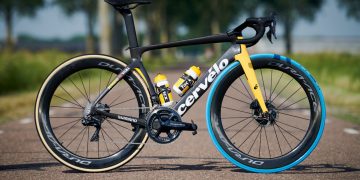
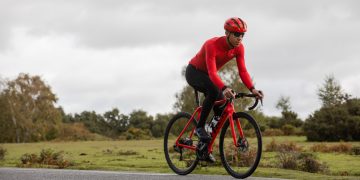





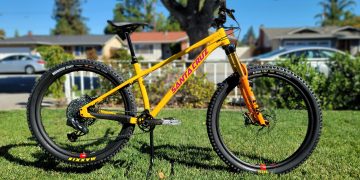
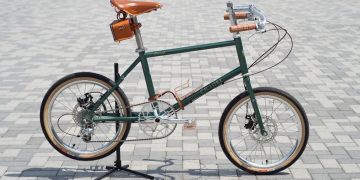
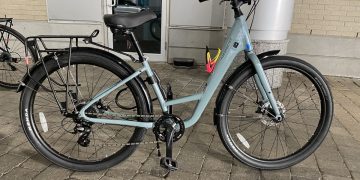



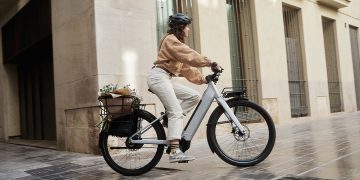










Discussion about this post